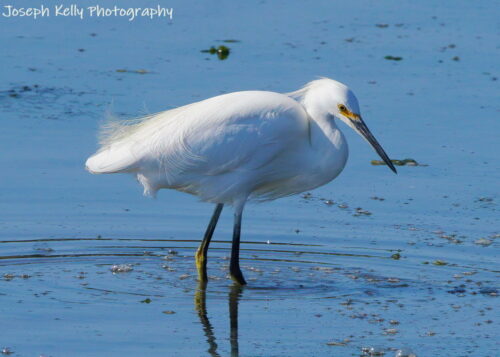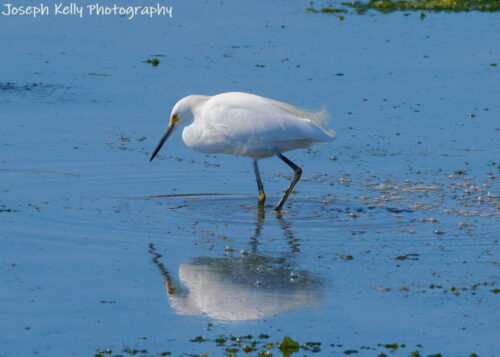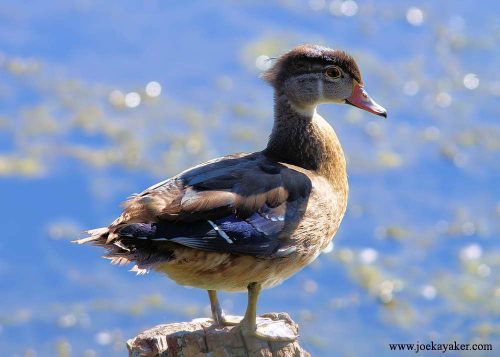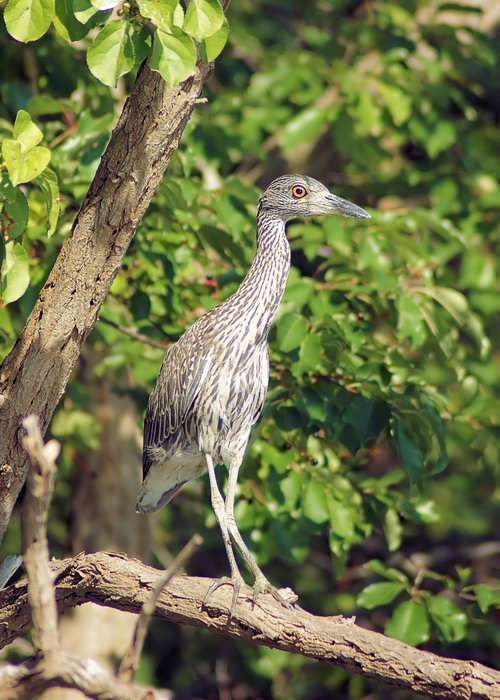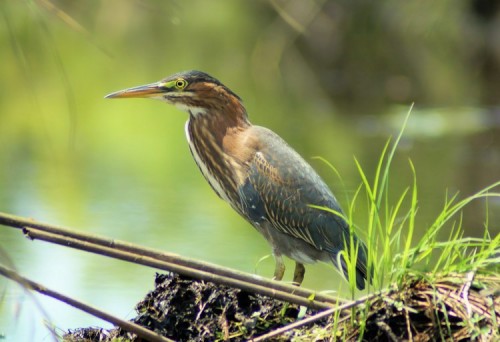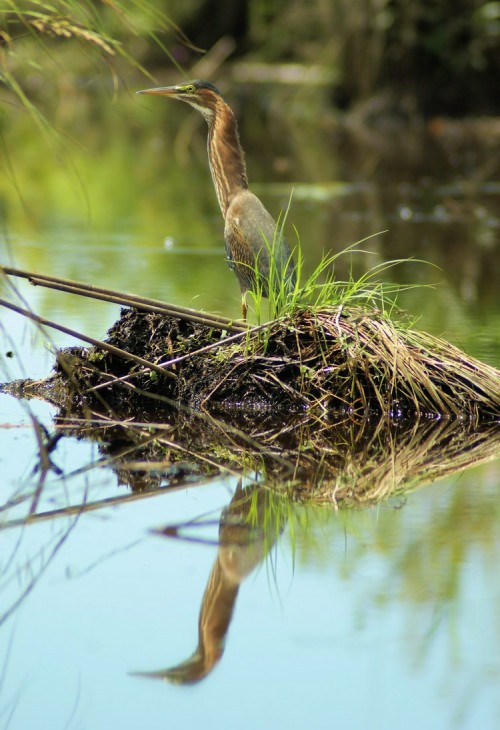Wednesday, August 1, 2018,

Those of you that read this blog or view the work of other photographers may enjoy the photographs of birds without thinking very much about what goes into a these shots. “A bird. On a branch. Pretty bird.” While these are correct and true observations, they don’t really capture what is actually involved in taking a photograph of a bird, or any wild animal for that matter. I’m not complaining, or bemoaning my lot in life. In fact, I’m hoping that parts of this little essay will bring a smile to your face. That’s what I attempt to do here at Joe Kayaker. Mix in some Nature, a little humor and a dash of knowledge, bake for thirty minutes and maybe we’ll all get to enjoy some wild creatures and places. And maybe we, or our children, will try to preserve the recipe.
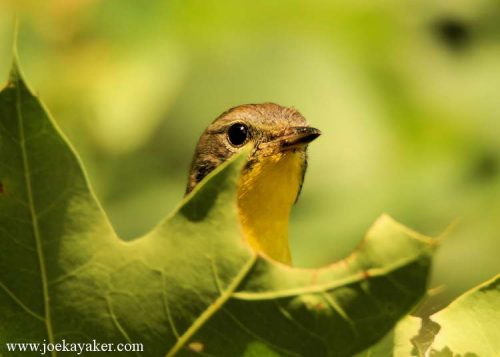
Okay, back to the premise at hand. I was talking about photographing birds before I went all philosophical there. It happens, get over it. Photographing birds is not as easy as one might think. First off, you have to find the bird. I know, I know: They’re everywhere, right? But they’re not. Not really. We all have Robins or Sparrows or Blue Jays or Crows in our back yards. Or pigeons for you city dwellers. But if I or any other wildlife photographer just took pics of those guys, we wouldn’t generate much interest. People might get to thinking that they’d seen all there was to see and why seek for more? No one would want to preserve open spaces or parklands. They wouldn’t understand the why of it.
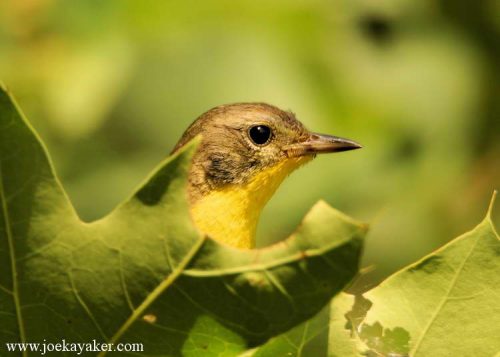
I did it again. I was talking about finding birds and I went all sideways with it. So, really, you have to find the bird. You need to go where the birds are, whether it’s a park, a river or wetlands, a sea shore, or wherever. Again, you need to go where the birds are. You’re not done yet. Even when you’re in the right place, you still need to find your quarry. It’s not like birds are lining up to meet you. I have friends that can find and identify birds by their calls. I am not so gifted. I have several CDs of bird calls but I find my retention for such recordings – or lack thereof – do not help me in the field. Also, I am mostly deaf in one ear so even if I could recognize a particular call, zeroing in the location of a particular call is nigh on impossible. By the way, I can hardly believe I found an excuse to use the word ‘nigh’ in a sentence.
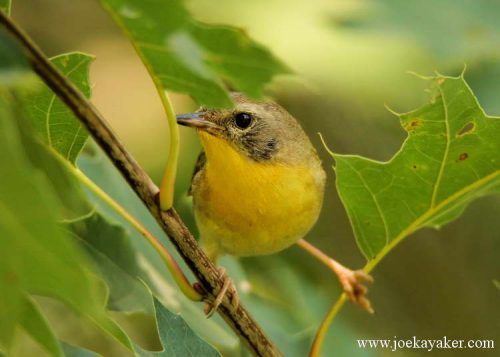
Okay, so you’re in a right place and you’ve found a bird. You don’t always see it right off. Sometimes, it’s just a rustle amongst the branches or a disturbance in the flowers. But it’s a bird. It’s right there, maybe just a few feet away. You know it’s there. Maybe you can even hear it. But can you see it? Can you get a photograph? Is that bird sitting there, proud and dignified, waiting for you to take its picture? Most times, at least for me, the answers are no, no, and no. Birds flit and fly from branch to branch and from tree to tree. It turns out that the darn things have wings.
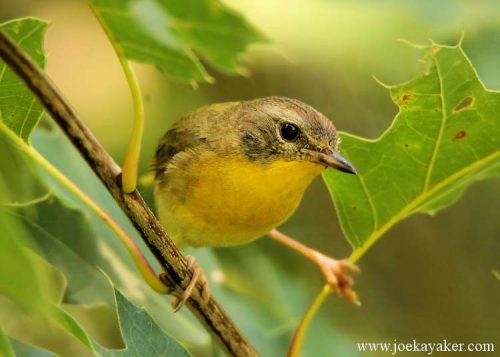
But sometimes, those sweet wonderful sometimes, you get lucky. The bird peeks out from the foliage or the flowers and is right there. All you need to do then is put it in focus. And that is an entirely different conversation. JK.

